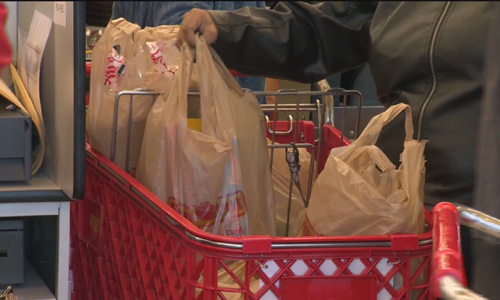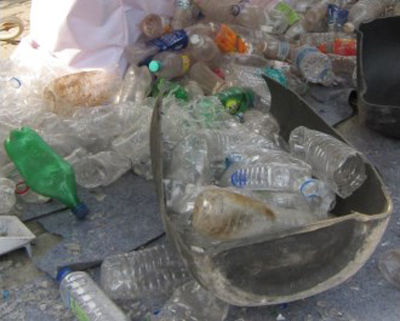 The equipment company ADG Solutions, Fairfield, Conn., has installed imported plastics screening systems from the Italian firm Fimic to
The equipment company ADG Solutions, Fairfield, Conn., has installed imported plastics screening systems from the Italian firm Fimic to
two recycling companies. ADG Solutions is the importer of the Fimic screen systems in North America.
According to ADG, the screens were installed at ABC Polymers, Stone Mountain, Ga., and KW Plastics, Troy, Ala., because the companies were looking for a way to process highly contaminated scrap without substantial losses in economy and productivity.
After installing Fimic’s self-cleaning screens, both plastics recyclers have reduced downtime by 30 percent, ADG says. With the screening systems, both recyclers can now run new types of raw material that previously could not be processed because of their high level of contaminants—particularly paper and paperboard, which required constant operator intervention.
ADG adds, Fimic’s screen changer filters out contaminants from molten plastic before the plastic is pelletized. “Standard slide-plate screen changers are ineffective with high contaminant levels because of the labor involved in continuously changing screens,” Sandy Guthrie, ADG president, says. “Also ineffective, especially with paper and cardboard contaminants are backflush-type filters, because the contaminant blinds the screen and causes the system to be in a perpetual backflush mode, with huge volumes of material wasted in the purge.”
The Fimic screen changer can handle scrap with up to 3 percent loadings of contaminants without a slowing down or stopping the process, and even contaminants close to an inch in diameter do not pose a problem, according to Guthrie. “The self-cleaning action is very efficient, with purgings averaging less than 2.5 pounds per cleaning cycle and minimal discharge of good material along with contaminants.”
The screens’ self-cleaning cycles are subject to automatic PLC control. In each cycle, as molten polymer enters the screen changer, contaminant accumulates on the screen plate, which is a stainless steel component. The buildup continues until back pressure reaches a preset level, which actuates a rotating blade that sweeps the screen and purges contaminant through a central discharge port. Typically the screen does not need to be touched or changed more often than every week or two, depending on the material being processed.
Source : www.recyclingtoday.com





